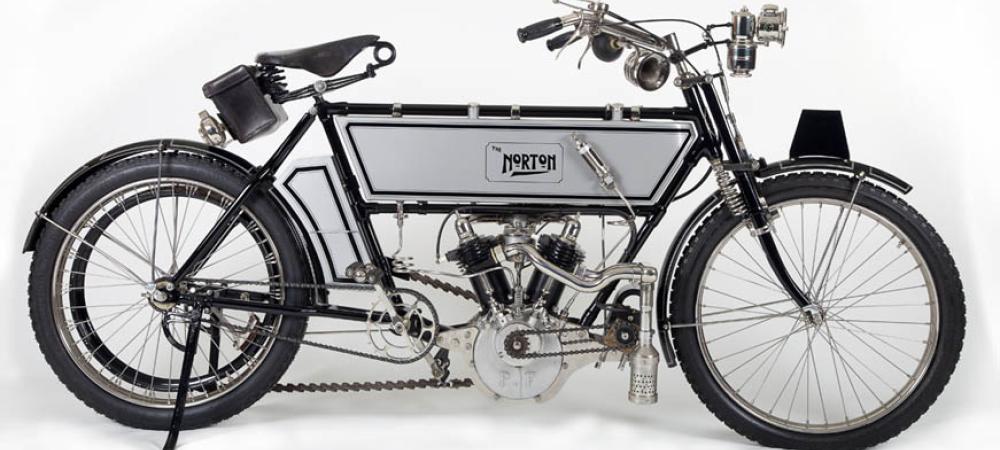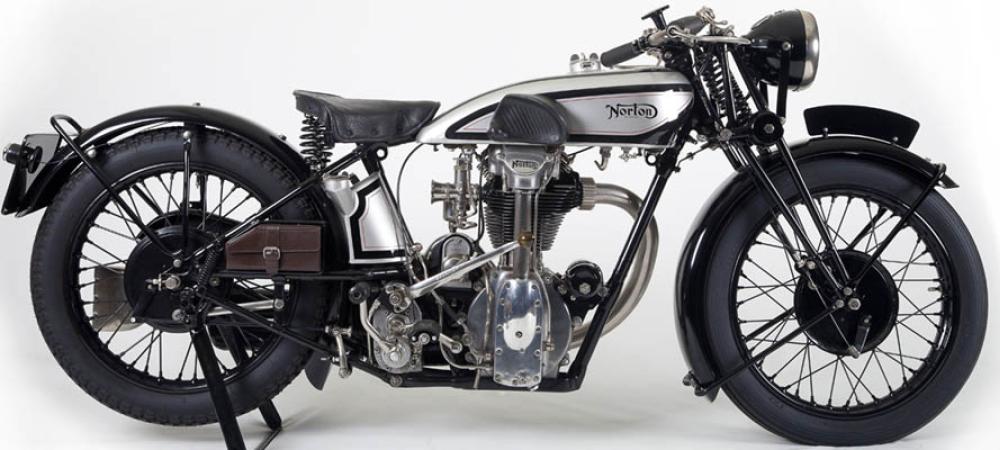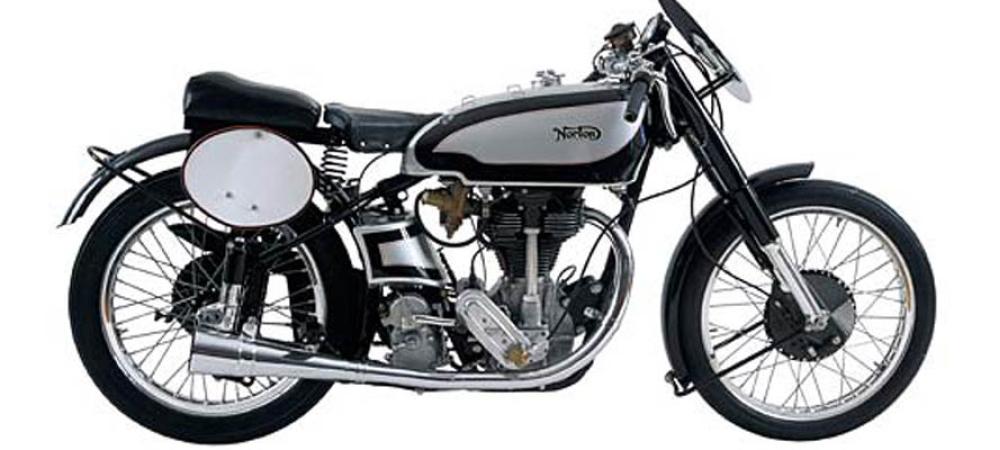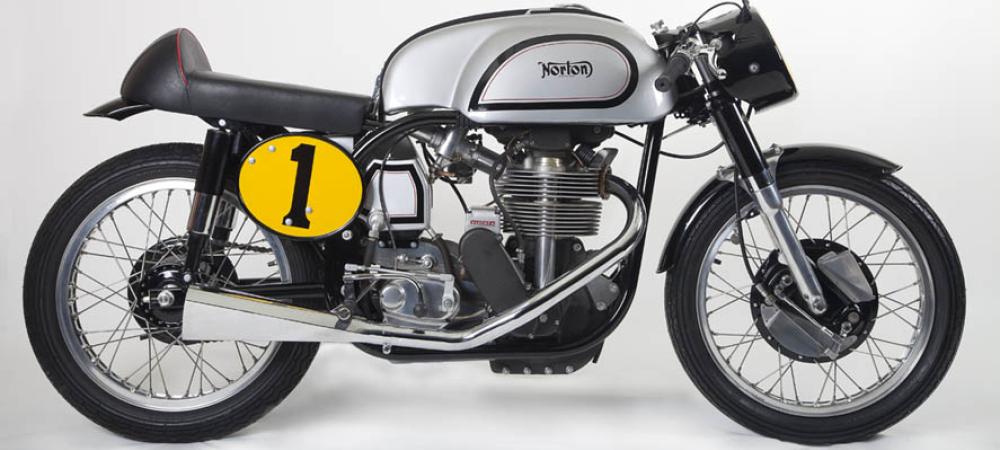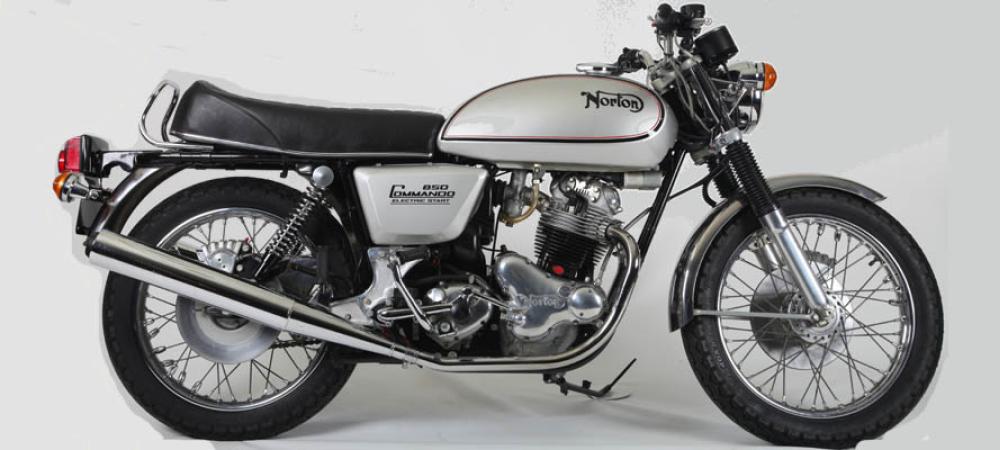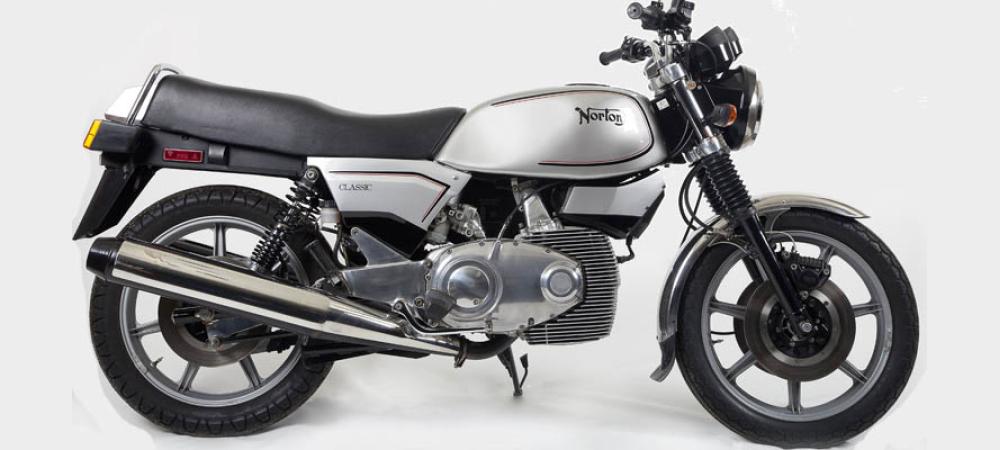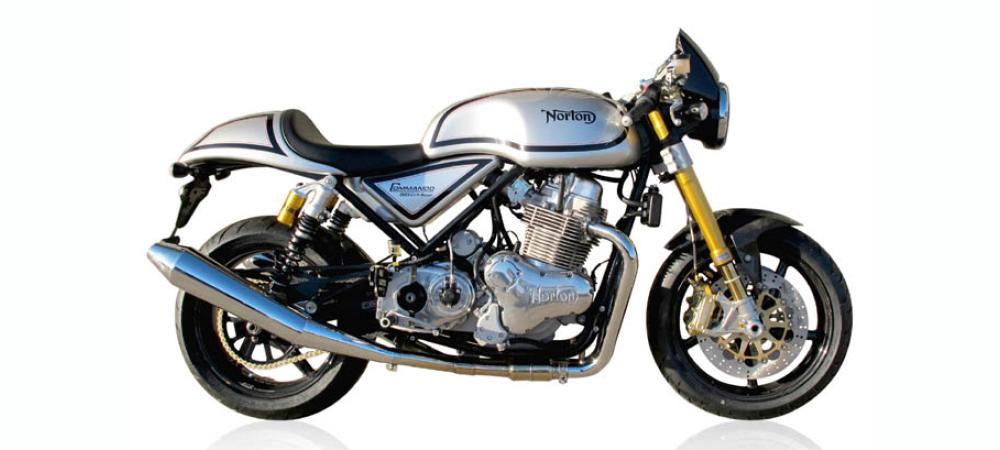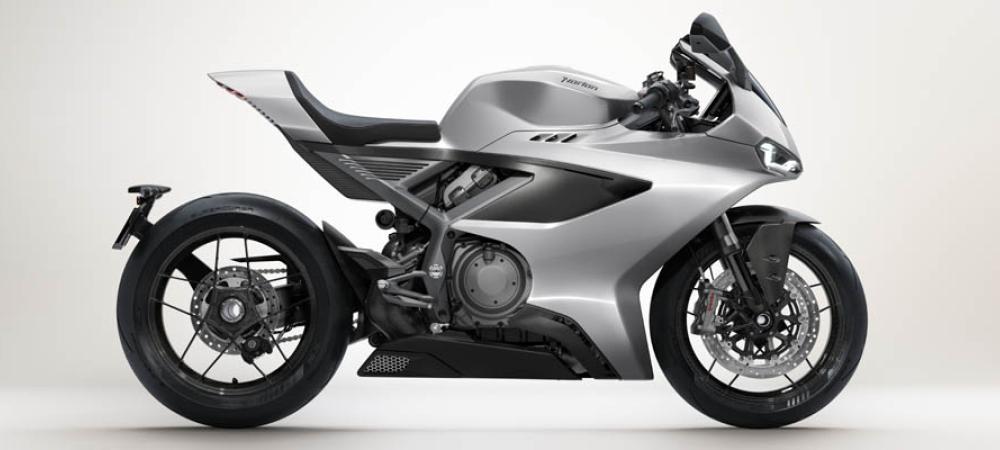John Hudson. Roadholder No. 112 - Nov/Dec 1983, & NOC-L
Sidecar fitting information for Norton twins; special springs and forks
Commando
All Commando instruction books, as far as I am aware, stress in early pages that the machine is not suitable for sidecar work. This is partly down to the weak front down tubes which are intended merely as a kind of 'sling' to carry the engine, the main frame strength being embodied in the large diameter top tube. In addition to this, the 'Isolastic mounts' are not designed to accept the very heavy side loads which sidecar work would put on them. In solo form, side loading is relatively light - maybe almost nil - the main load being always perpendicularly in line with the centre of the top tube. When an outfit with a left hand chair turns to the left, a very considerable twisting load is put on the rear fork through the wheel spindle and a near similar opposite load is imposed when it turns to the right. I say 'near similar' because of weight transference on to the sidecar wheel in a right hand turn.
However, I must add that much to our astonishment when we were at Andover, we heard that T.C. Munday's, the sidecar people of South London, had already fitted some 10 to 12 sidecars to these machines, but we never saw one and I have never seen one since. Munday's certainly never consulted the factory or they would have been told quite firmly not to do it.
I would just make a final point - the Commando is strictly in two parts - what may be described as a power wheel which consists of engine, rear engine plates, gearbox and rear fork and wheel as one unit with no rubber interposed between any of these parts which we will call one. Then part two consists of forks, steering head and frame carrying seat, tank and rear guard which are put over the power wheel almost like putting a saddle on a horse!! and fixing the two together with just the two long bolts passing transversely through the front and rear 'Isolastic mounts' which are already on the power wheel. The only other fixing point is the cylinder head steady which in fact ties the top of the engine to the top frame tube to resist any twist between front and rear wheels as already described. In solo form, any such twist must be minimal compared with what it would be with a 'chair'.
Featherbed
You can fit a sidecar to these machines and there is no serious problem with attaching one to the frame. However, they do not steer satisfactorily even when a steering damper is employed unless the fork trail is reduced by fitting handlebar lug, top and bottom yokes which Norton used to supply specially for sidecar work. The problem is further complicated by the two different fork widths and thus there are two sets of conversion parts.
All Birmingham built machines have what we call the 'narrow' forks and they measure exactly 7" between centres of the main tubes. The parts for this conversion are:-
- 21508 Fork crown and column, sidecar
- 21593 Head clip or top yoke, sidecar
- 21570 Fork top cover with lamp bracket, sidecar (left)
- 21571 Fork top cover with lamp bracket, sidecar (right)
- 15906A Fork spring, sidecar (yellow painted end)
- SD1 Steering damper assembly, sidecar (this differs from the solo type damper SD4)
For 1964, at Woolwich, they widened the fork centres by 3/8" to 7.3/8" and you can easily identify these forks without measuring because there is provision for a steering lock in the head clip or top yoke, just to the right of the steering column nut. In order that all front wheels will interchange, the wheel spindle lugs on the bottom of each slider were increased in width on the inside of each by 3/16". All fork parts will transfer to the wider yokes, but a right hand slider for wide forks - Part Number 030030 is needed in order to keep the wheel central. A narrow left hand slider would not matter apart from its being slightly weaker mechanically.
Again, they made special top and bottom yokes for sidecars, but this time there is no need to change the fork top covers with lamp brackets. There is however, a different steering damper again for the wide forks and it is entirely Matchless.
For sidecar work, they also supplied stronger springs for the rear dampers and a smaller engine sprocket - usually 2 teeth down on the solo size.
Spring and Suspension Units for use with Sidecars
Norton advised the use of stiffer springs, different fork crowns and lugs (different trail) and stiffer rear suspension units when running a combination. The part numbers are:-
| Solo | Combination | |
| Fork Spring | 18813 | 15906A |
| Crown and Stem | 030026 | 030340 |
| Handlebar Lug | 030027 | 030402 |
| Rear Shock Absorber | 24036 | 22811 |
Knut Soensteby (knut.sonsteby@lhg.hib.no) on NOC-L 15th. May 1997

